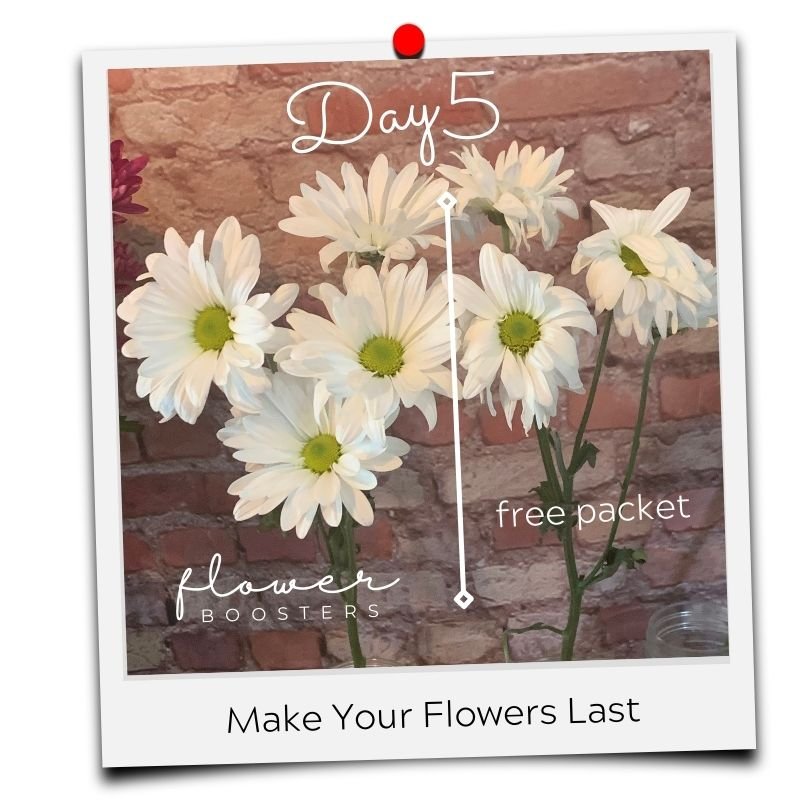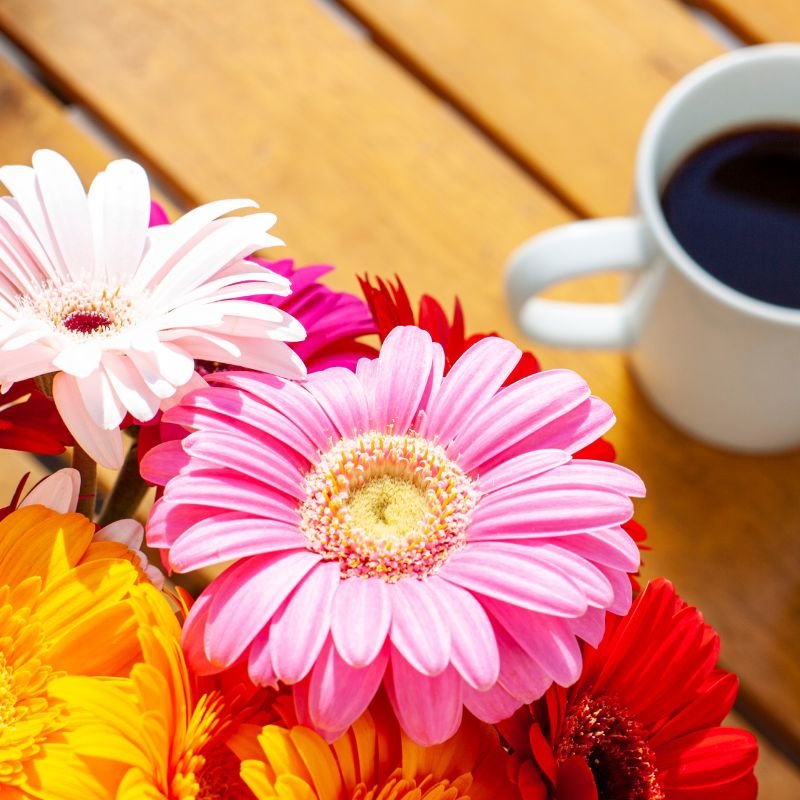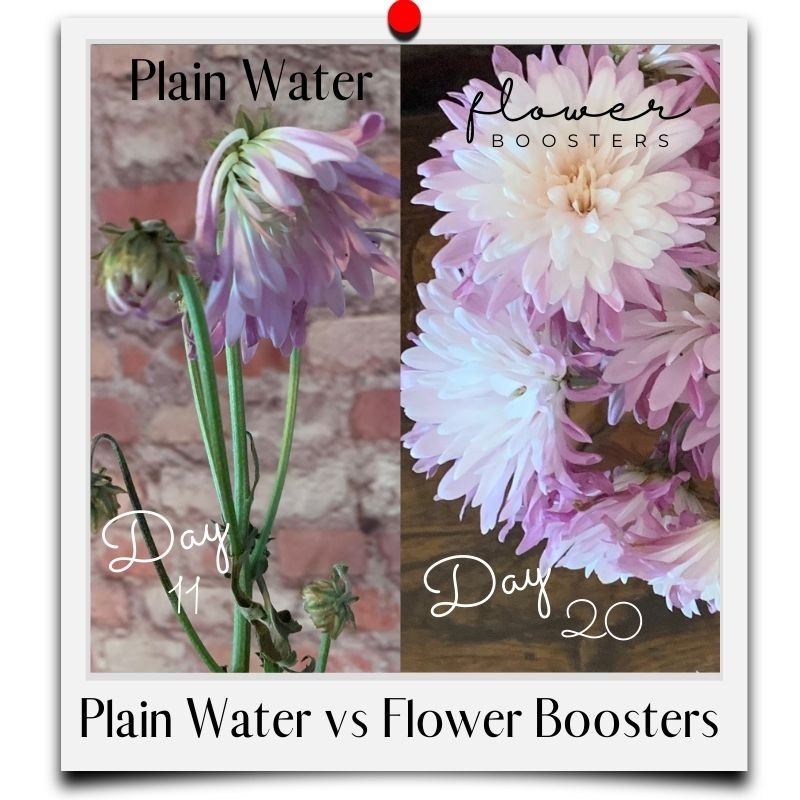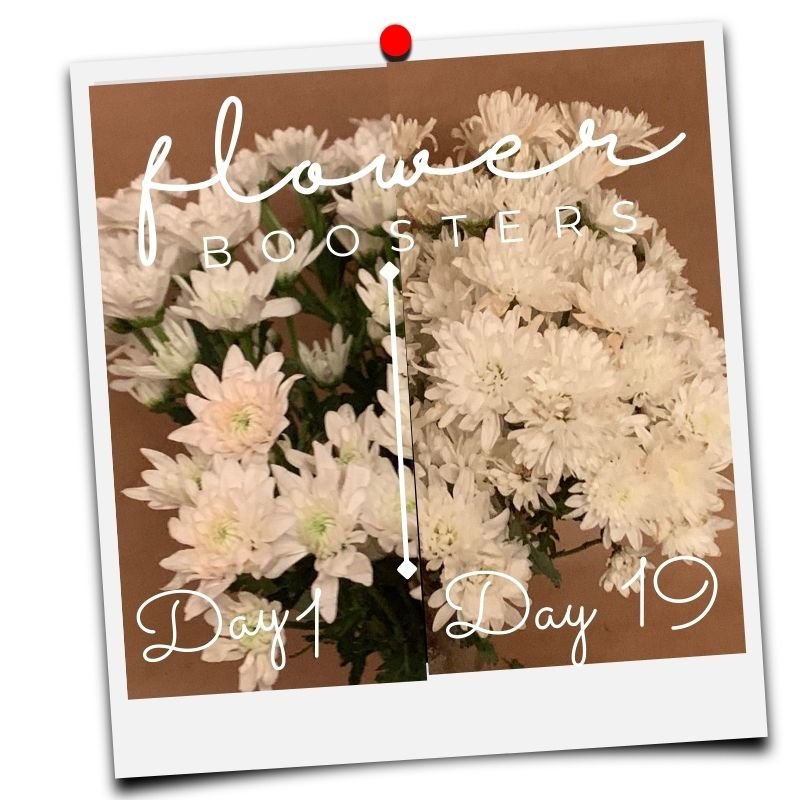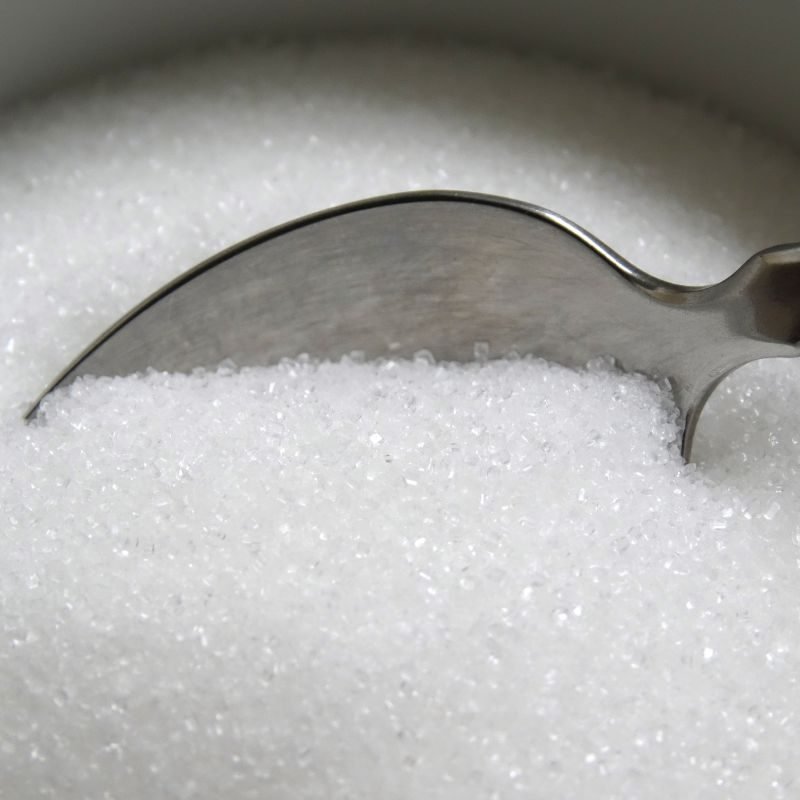(And What Actually Works If You Want Your Flowers to Last)
When Your Flowers Wilt Too Soon, It’s Not Your Fault
You bought a beautiful bouquet. Maybe it was a gift, maybe you needed a little joy for your kitchen counter. You followed the advice: trimmed the stems, added sugar water—or the free flower food packet—and hoped for the best.
But within a couple of days, your flowers were drooping. Petals were falling. And you’re left wondering:
Did I do something wrong?
No.
You were just given bad advice.
The Truth About Flower Preservers (and Why So Many Fail)
A quick search for how to keep flowers fresh will turn up hundreds of articles recommending sugar water as a flower preserver. Some DIY recipes even suggest adding vinegar, lemon juice, or bleach.
Here’s what they don’t tell you:
Sugar water can feed bacteria just as easily as it feeds flowers.
The wrong concentration can do more harm than good.
Some flowers hate sugar altogether.
That’s why so many DIY solutions leave you disappointed. They’re one-size-fits-all answers to a problem that’s much more complex.
Why Most Flowers Are Already Doomed Before You Buy Them
What many people don’t know is that the real problem often starts long before you bring the bouquet home.
Today, flower growing is a global business. Most cut flowers are grown overseas—shipped by air, stored in refrigerated warehouses, and trucked across the country.
That journey is brutal. Even if the flowers still look “fresh,” they’ve endured:
Temperature shock
Dehydration
Air pressure changes
Rough handling
By the time they reach your local grocery store or florist, they’ve already spent a big chunk of their lifespan in survival mode.

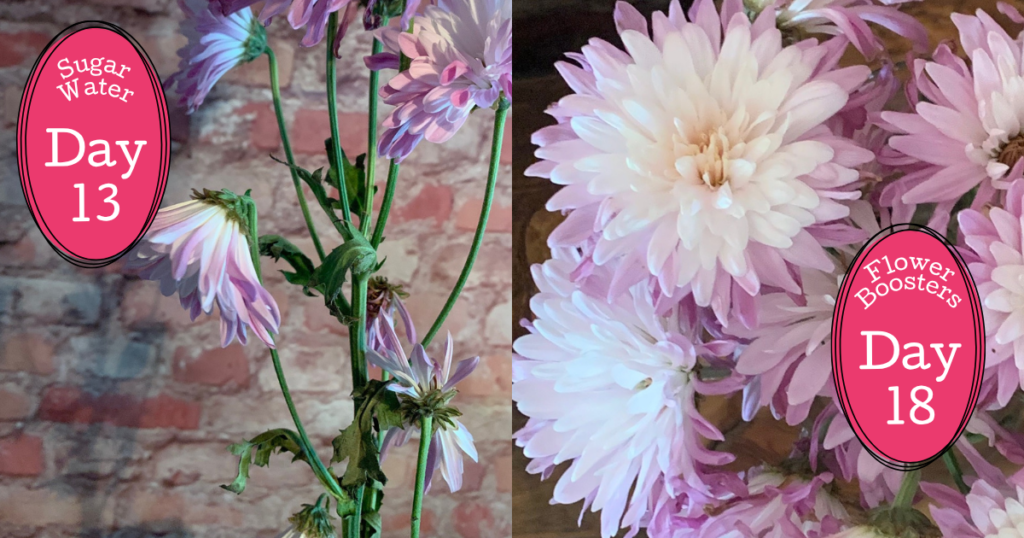
The Sugar Water Myth: Why It Doesn’t Work Like You Think
Commercial flower food packets and DIY recipes are both built around sugar—because flowers use it for energy.
But here’s the problem:
- Sugar without balance encourages bacteria.
- Some flowers (like tulips) don’t tolerate sugar well.
- Every flower type needs something slightly different.
What makes Flower Boosters different is that it’s formulated with clean ingredients, food-grade preservatives, and just the right amount of energy—in a way that doesn’t overload the flowers.
And unlike those mystery packets, we actually tell you what’s inside.
Why Water Quality Matters (More Than You Think)
If your local grocery store or florist is using untreated tap water in their buckets, your flowers are already starting behind.
Hard water, chlorine, and even fluoride can shorten the life of a bouquet.
You can’t always control where your flowers came from. But once they’re in your care, filtered water plus the right flower preserver can make all the difference.
The #1 Most Overlooked Step in Flower Care
Even with the best flower preserver in the world, your flowers won’t survive if they can’t drink.
When you bring flowers home, air bubbles can block the stems from taking in water. That’s why trimming the stems—especially under water or immediately before placing them in the vase—is so critical.
- Recut the stems every few days.
- Change the water regularly (especially if it looks cloudy).
- Use a precise flower preserver—not guesswork.

Real-Life Test: Flower Boosters vs. Free Packet vs. Plain Water
We put it to the test with tulips:
Same water (filtered)
Same temperature
Same flower batch
The results?
- Plain water wilted fast.
- The free packet helped a little.
- Flower Boosters gave them just the boost they needed.
Why? Because it’s not just about sugar—it’s about hydration, clean water, and giving flowers what they actually need to recover from transit shock.
A Smarter Way to Preserve Flowers
Flower Boosters is a precision-blended, transparent flower preserver made with:
✅ Food-grade preservatives to prevent bacterial growth
✅ A clean energy source (yes, caffeine!) to help flowers perk up
✅ No harsh chemicals, no mystery formulas, no gunk
And it’s measured by the teaspoon, based on how much water is in your vase, so you can dose it properly—no more guessing.
Let Your Flowers Live Their Best Life
If you’re tired of watching flowers fade before their time, it’s time to stop relying on sugar water and packet folklore.
Try Flower Boosters and see the difference for yourself.
It’s flower care that works—even after a long journey.
Shop Flower Boosters at FlowerBoosters.com or Amazon.com
Additional Reading for Better Flower Care
